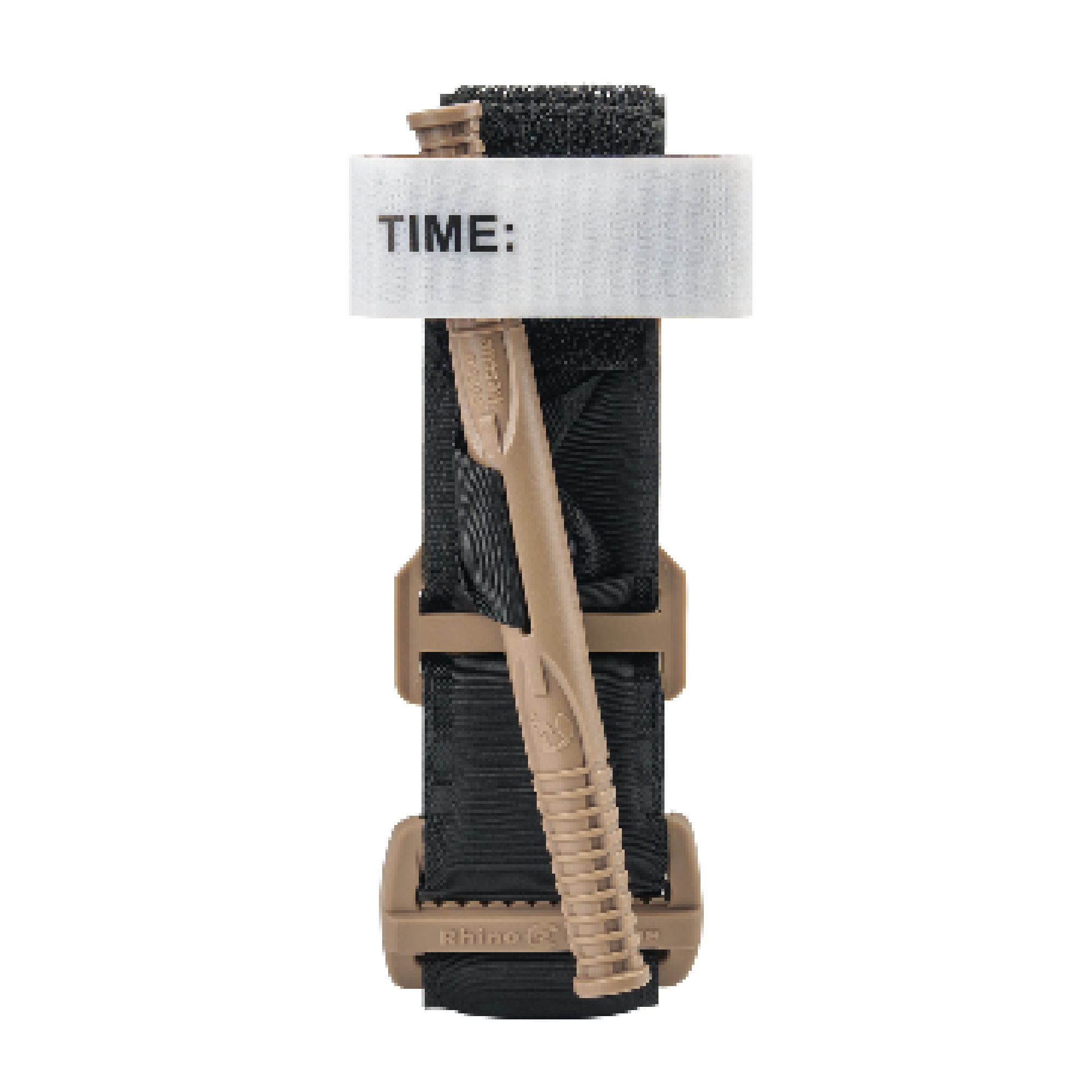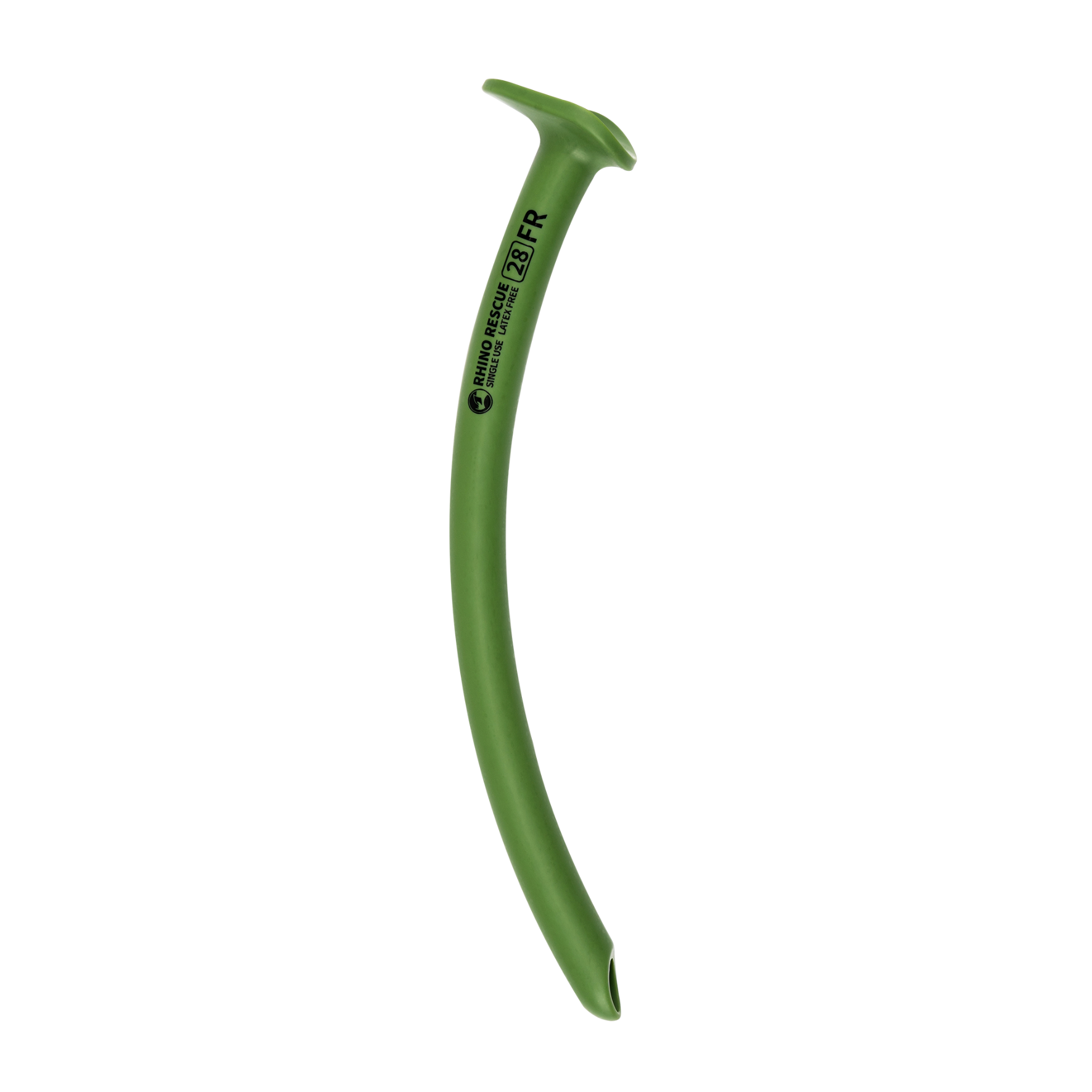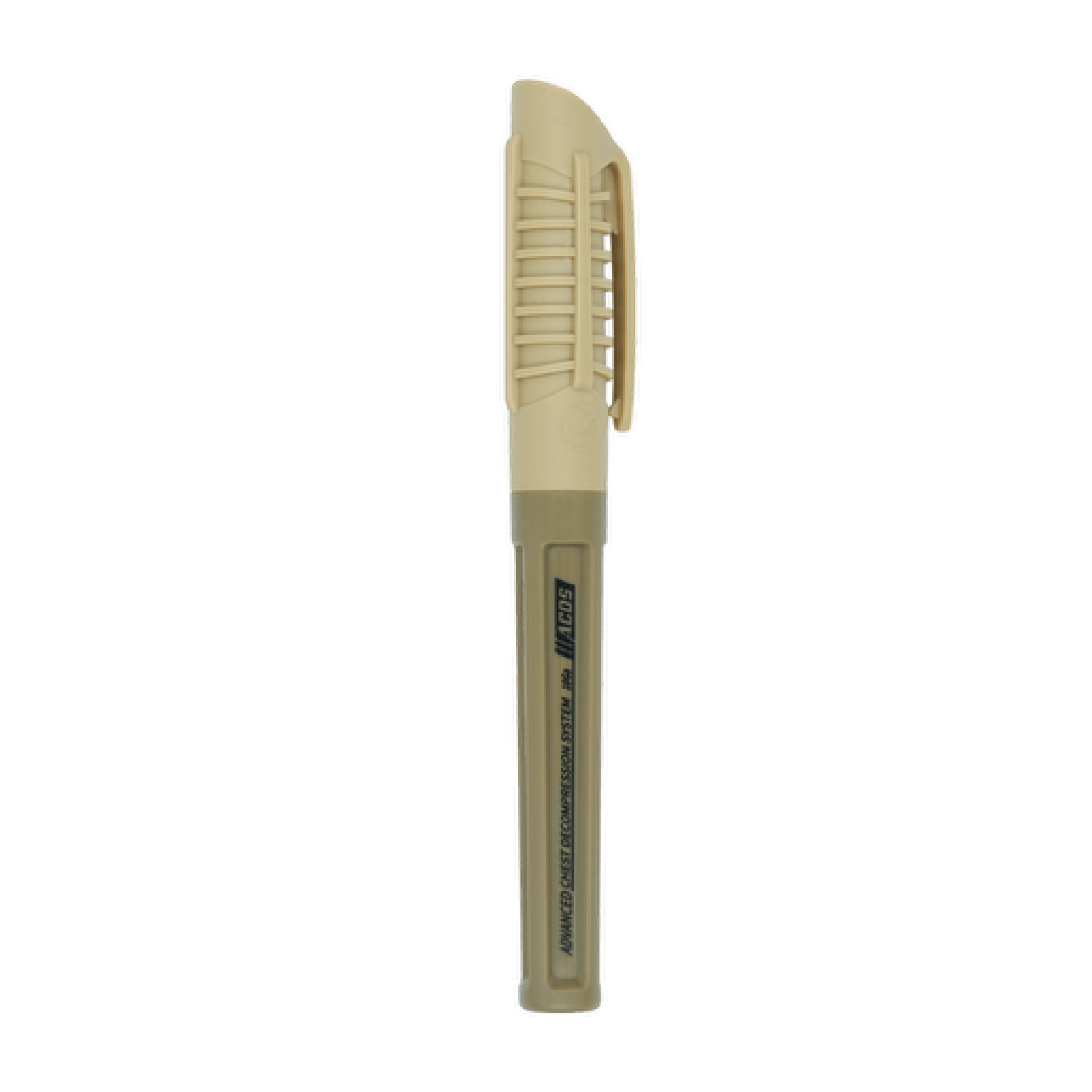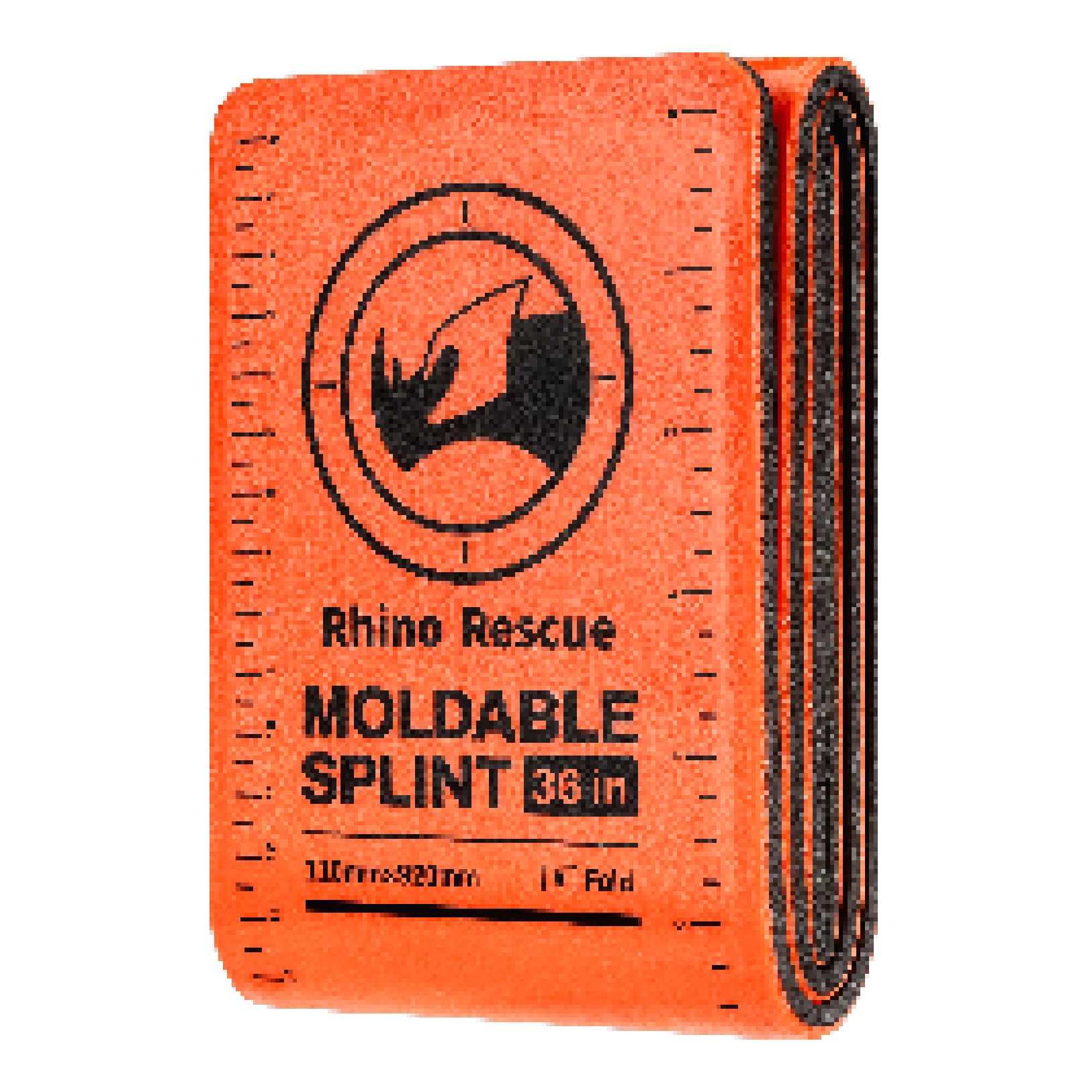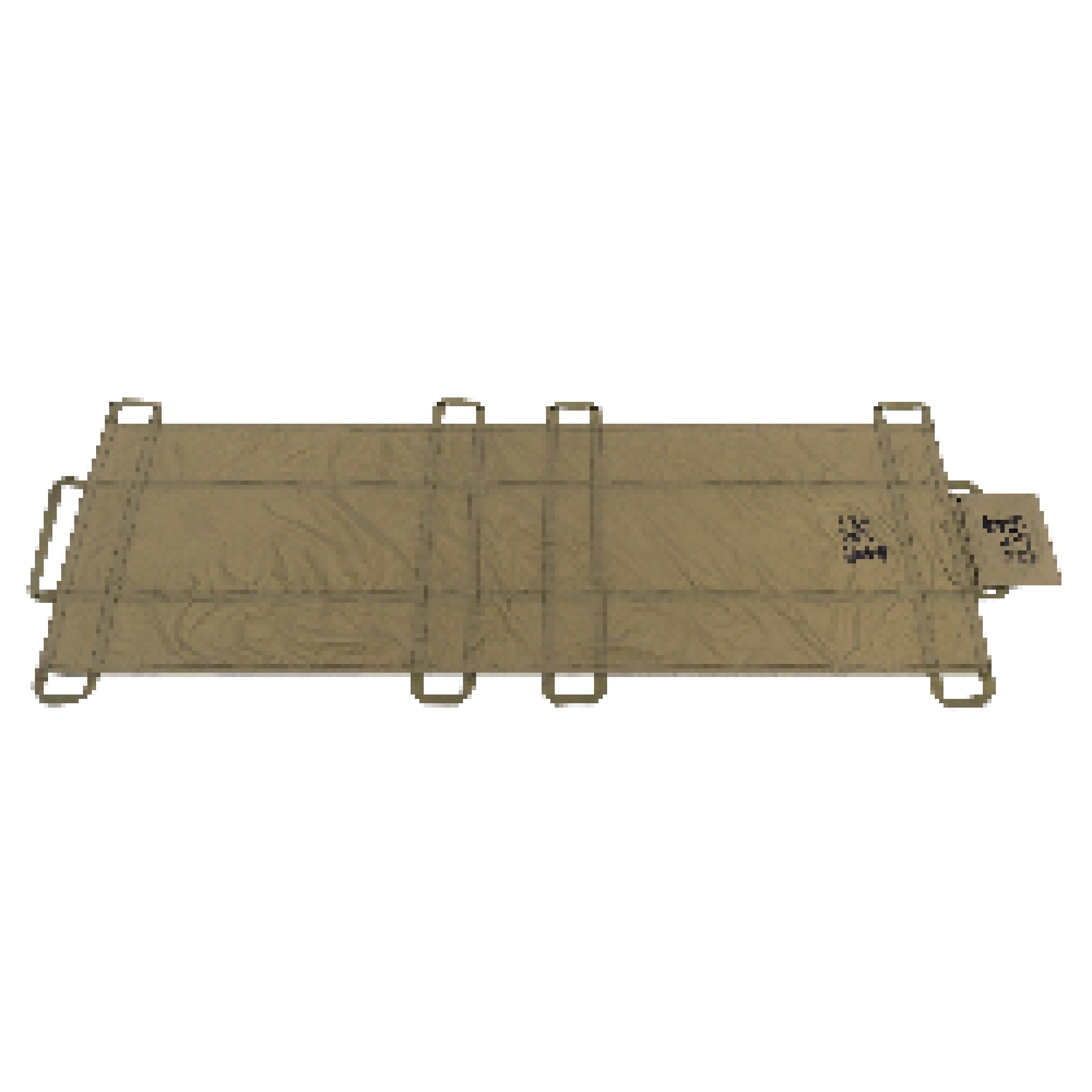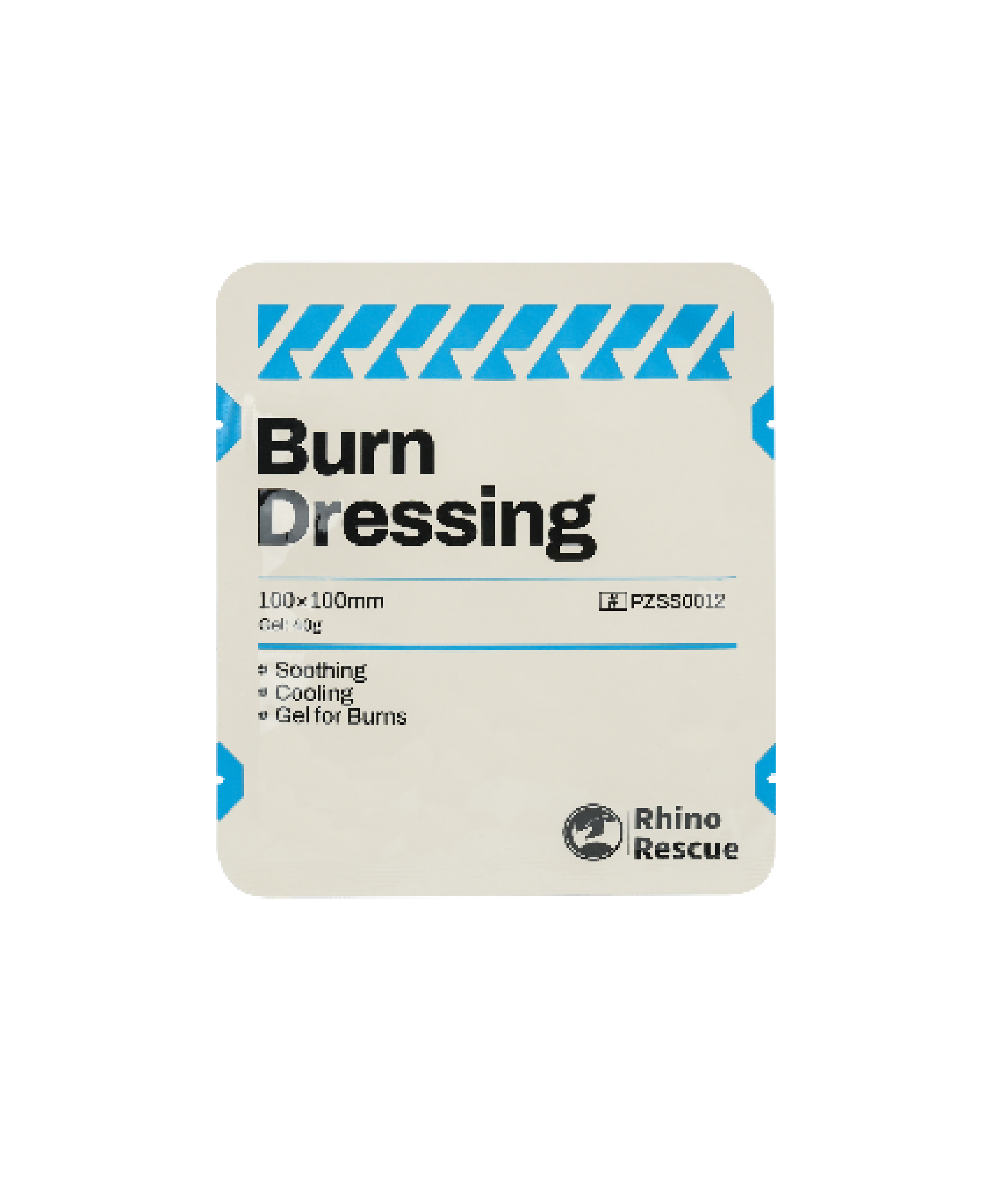Frontline soldiers must prioritize comprehensive heat acclimatization training as a cornerstone of their preparation. While there is abundant literature on preventing heatstroke, today's focus is on the nuanced practice of heat acclimatization. This training involves deliberate exposure to hot environments integrated with specific exercises. Such exposure elicits a spectrum of physiological, psychological, behavioral, and morphological responses that collectively enhance the body's resilience to heat stress. These adaptations are crucial for significantly improving operational effectiveness in demanding and hot environments, ensuring soldiers can perform at their peak while mitigating heat-related risks.
Preventing injuries is paramount as treating them often proves challenging, particularly in wartime conditions where timely evacuation may be impractical. Even the U.S. military, known for introducing the "Golden Hour" concept, now emphasizes "Prolonged Field Care" theories and techniques. Thus, injury prevention holds critical combat significance. Mastering battlefield survival and injury prevention techniques is integral to military training, including comprehensive understanding of heat acclimatization and effective scientific fluid replenishment strategies.
Physiological Significance of Heat Acclimatization
The human body primarily dissipates heat through a combination of blood circulation and sweating. Unlike animals that cool themselves by panting, humans rely heavily on sweating as a major mechanism for cooling. This process involves the body directing blood flow to vital organs and muscles, often reducing circulation to the skin. However, during intense sweating, the body's blood volume can decrease, prompting the sympathetic nervous system to increase heart rate to maintain overall blood supply. This response, while necessary, can lead to faster fatigue. Moreover, the body may prioritize blood flow away from the skin to preserve vital organ function, impairing effective heat dissipation. Even with adequate hydration and electrolyte levels, this reduced skin blood flow can contribute to fatigue and increase susceptibility to heatstroke.
1. Enhanced Heat Dissipation Capacity:
Heat acclimatization training induces physiological adaptations that modify blood flow distribution, increasing perfusion to the skin and improving heat dissipation efficiency. This adjustment is crucial in optimizing thermal regulation during exposure to high temperatures. However, skin conditions such as heat rash or sunburn can compromise this process, underscoring the importance of proactive measures to prevent skin damage.
2. Reduced Cardiovascular Strain
Acclimatization reduces the sensitivity of the sympathetic nervous system to fluctuations in blood supply, thereby mitigating the rapid increase in heart rate and prolonging the onset of fatigue. This physiological adaptation plays a crucial role in enhancing soldier endurance in challenging environmental conditions.
3. Increased Sweating
Acclimatization involves a process that reduces the sensitivity of the sympathetic nervous system to variations in blood supply. This adaptation helps in maintaining a stable heart rate, thereby delaying the onset of fatigue under strenuous conditions.
4. Reduced Electrolyte Loss
Sweating naturally leads to significant electrolyte loss, which can trigger adverse physiological reactions. However, acclimatized individuals experience reduced electrolyte loss for the same level of sweating, with sweat sodium concentration potentially halving. This enhances the efficiency of sweat in evaporative cooling processes.
Despite the improved sweat-based cooling through heat acclimatization, the benefits are notably diminished when soldiers wear protective gear. This necessitates the implementation of scientific fluid replenishment strategies, which will be further explored in an upcoming article.
5. Minimized Internal Damage
High temperatures can trigger inflammatory responses and cell damage. Acclimatized bodies produce more heat shock proteins (HSPs) that protect and repair cells from heat exposure and other stressors.
In summary, heat acclimatization training extends operational time in hot environments, essential for units like marines and special forces without reliable logistics and requiring prolonged operations.
Methods of Heat Acclimatization Training
1. Conventional Methods
-British Military:
According to British military guidelines, personnel are required to undergo aerobic heat acclimatization training for 3-4 weeks before deployment to hot environments. This involves raising and maintaining heart rates above 65% of maximum heart rate for 40 minutes to an hour, followed by 10-14 days of individual or group training to elevate and maintain body temperature for at least an hour daily, visually assessed by sweating, spanning 6 weeks of physiological adaptation before deployment.
-Chinese Military:
As outlined in "Training in the Heat - Military Medical Guidance for Science-based Training", a 14-day heat acclimatization involves performing aerobic endurance activities like basketball, soccer, running, and marching in 35°C-40°C temperatures with 20%-60% humidity. The training intensity increases gradually, with intermittent training to adapt to the workload, lasting 1.5-2 hours daily. Initial acclimatization (first 3 days) involves moderate intensity, which can be stopped based on individual conditions, with monitoring of heart rate and body temperature. Basic acclimatization (days 4-10) involves gradually increasing workload and wearing gear, while full acclimatization (days 10-14) reaches the training intensity standards required by military training guidelines.
-Singaporean Research:
Singapore Army studied 51 male soldiers (age 25±2; BMI 23.6 ± 3.2; body fat 19%±5%) using three training methods to find the most effective:
- Military-Based Heat Acclimatization (MHA): Routine heat acclimatization training like running at 9.6 km/h in sportswear and marching at 4-6 km/h in full gear.
- Isothermic Conditioning (IC): Full gear training at 8 km/h under real combat conditions, monitoring body temperature to not exceed 38.5°C.
- Interval Training (IT): Running in sportswear at 13.5 km/h with 60-second intervals walking at 5.4 km/h.
Results showed that IC provided the best adaptation, enhancing cardiovascular and sweat gland responses and improving training efficiency. IT induced similar adaptations as MHA, suggesting it could minimize training risks while maximizing benefits.
2. Emergency Methods
Studies indicate conventional 2-week training achieves ~50% and ~80% acclimatization after the 1st and 2nd weeks, respectively. Special forces needing rapid deployment require expedited methods.
British 8-Day Method : While specific details are unspecified, this method involves accelerated training to achieve heat acclimatization efficiently.
French 5-Day Method : French soldiers underwent low-to-moderate intensity aerobic endurance training in temperatures around 40°C with 12% humidity for 5 days. This regimen included maintaining a VO2max of 50% and completing 3-5 sets of 8-minute runs daily. The results demonstrated that even short-duration daily training sessions of less than 60 minutes optimized heart rate, sweating responses, and fatigue management, thereby reducing heat injury risks and improving mission success rates.



